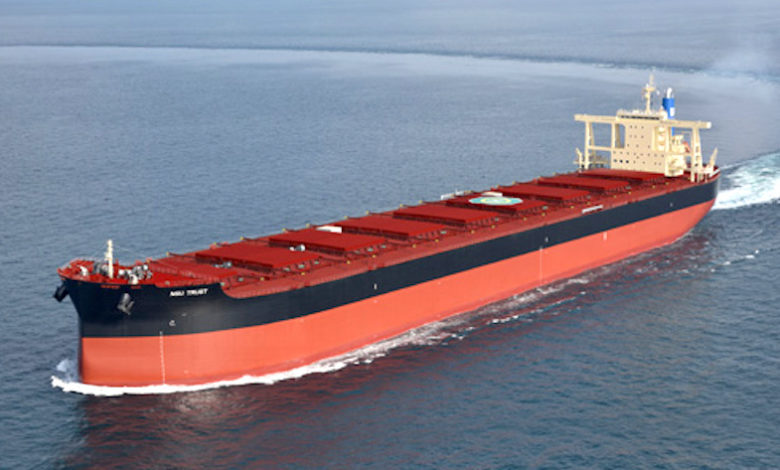Japan’s NS United takes the lead in Scope 3 emissions reporting

A few years from now Scope 3 emissions reporting will be the norm for all shipping companies, required by both clients and likely regulators. Some pioneers are getting ahead, detailing greenhouse gas (GHG) emissions from their entire value chain.
Japan’s NS United Kaiun Kaisha, for instance, has just been awarded a GHG verification statement from ClassNK for its entire value chain including Scope 3 emissions, after a detailed two-year survey.
Explaining what the different scopes mean in reality, law firm Watson Farley & Williams detailed in a recent note to clients: “Scopes 1 and 2 relate to emissions directly and indirectly produced by a company, while Scope 3 emissions are much broader and relate to all other indirect emissions throughout a company’s value chain. Scope 3 goes far beyond Scopes 1 and 2 and requires collaboration across the entire value chain for compliance to be achieved.”
NS United, owned by Nippon Steel & Sumitomo Metal Corporation, is one of an increasing number of companies deciding to disclose GHG emissions and reduction initiatives in accordance with the ISO14064 series, an international standard for the calculation, reporting and verification of GHG emissions.
NS United calculated its Scope 1, 2 and 3 emissions for the period between the January 1 2019 to December 31 2020, all of which was then verified by ClassNK.
Many of the world’s top miners, energy majors, commodities traders and retail chains have set Scope 3 targets in recent years, and are in dialogue with shipping partners to ensure their transport carbon footprint is being cut.
